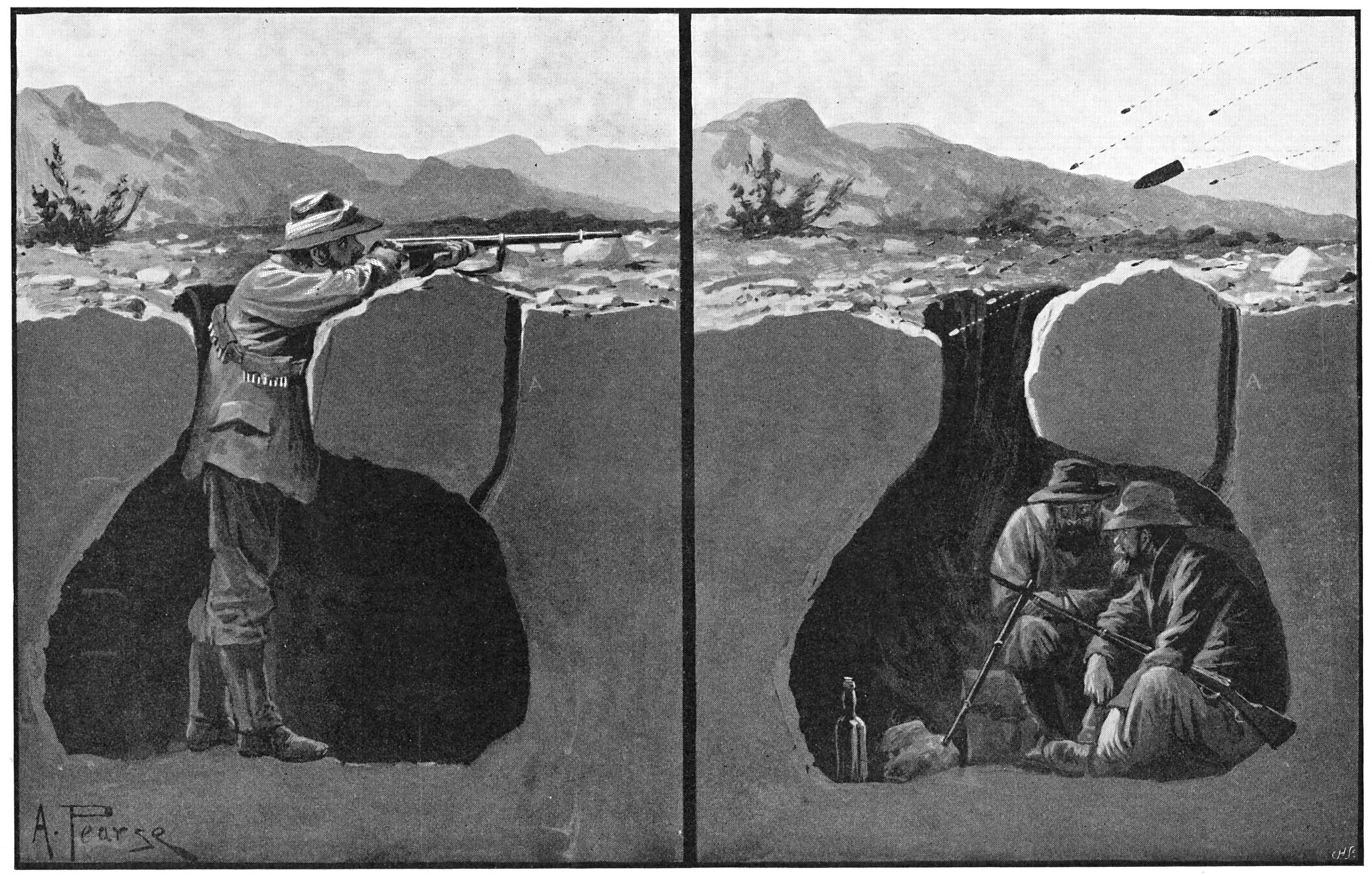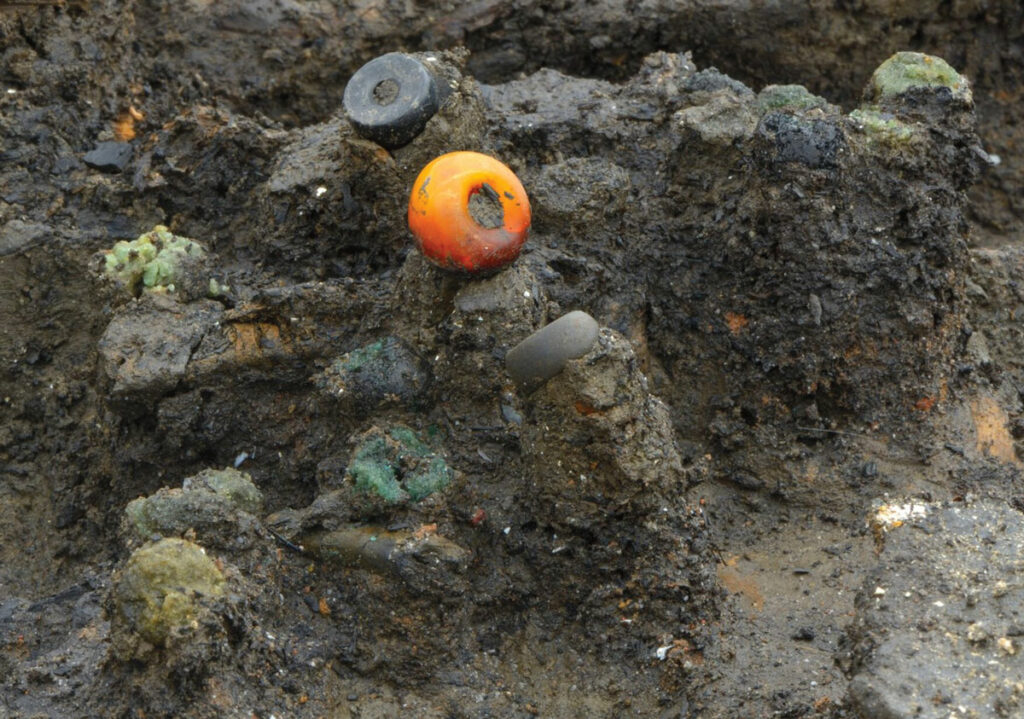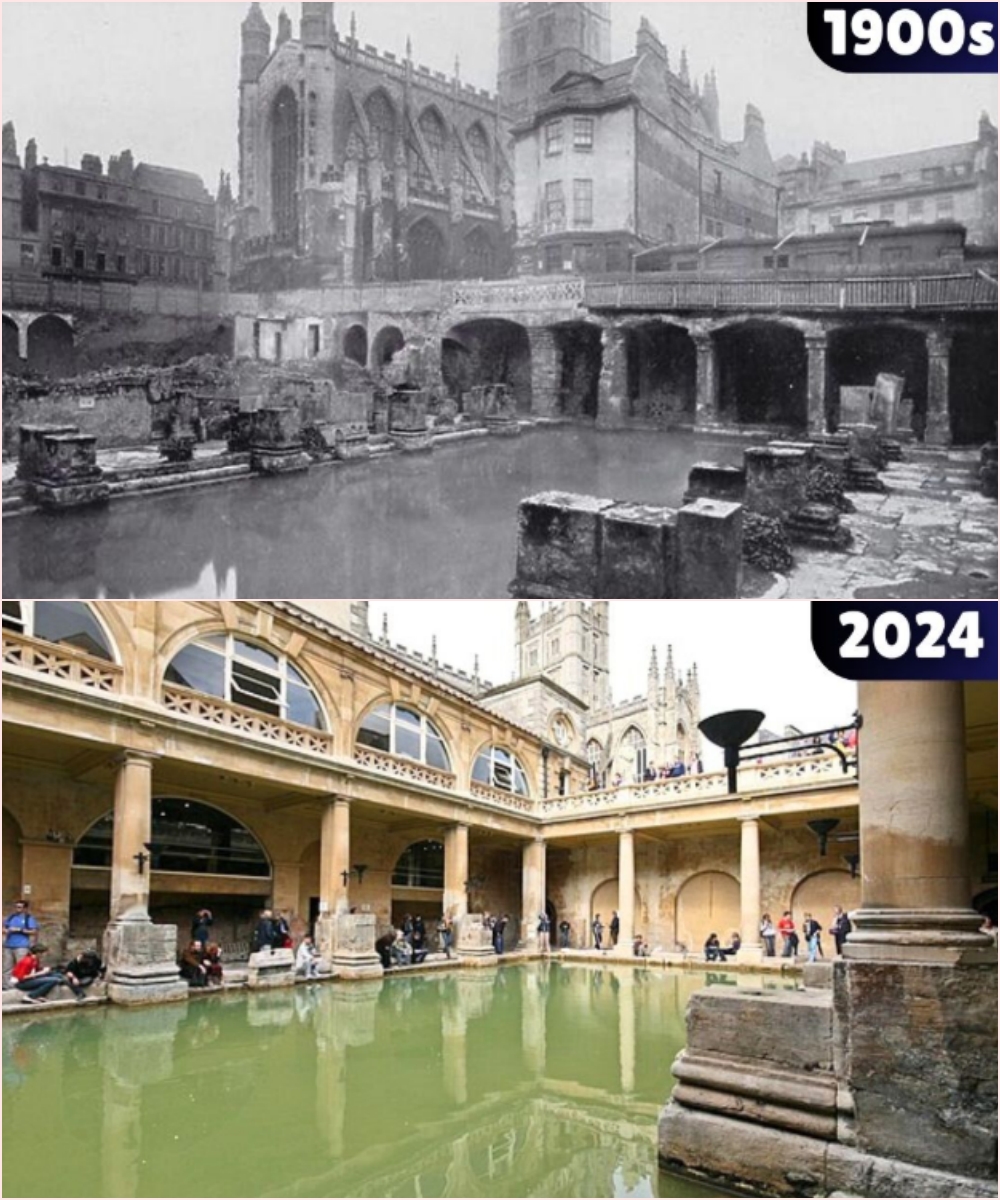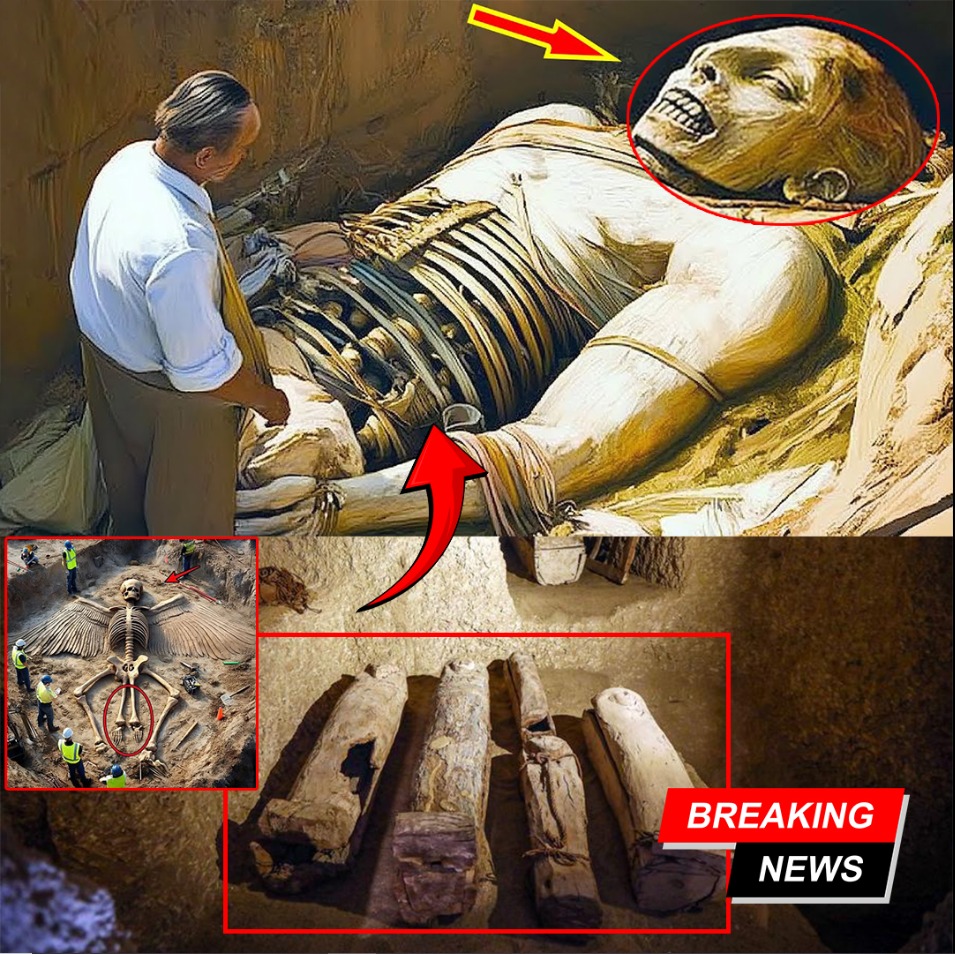Trenches of Resistance: How Boer Fortifications Redefined Warfare in South Africa
A Sectional View of a Typical Boer Entrenchment Used During the Second Boer War, c. 1900 The Second Boer War (1899–1902) was marked by the extensive use of trench warfare by the Boer forces, who relied on defensive tactics to counter the superior numbers and firepower of the British Empire. A sectional view of a typical Boer entrenchment from around the year 1900 reveals a well-designed, practical fortification suited to the needs of the Boer commandos. Boer entrenchments were often simple yet highly effective defensive structures. Unlike the elaborate trench networks seen in later conflicts such as World War I,…
2 min read









